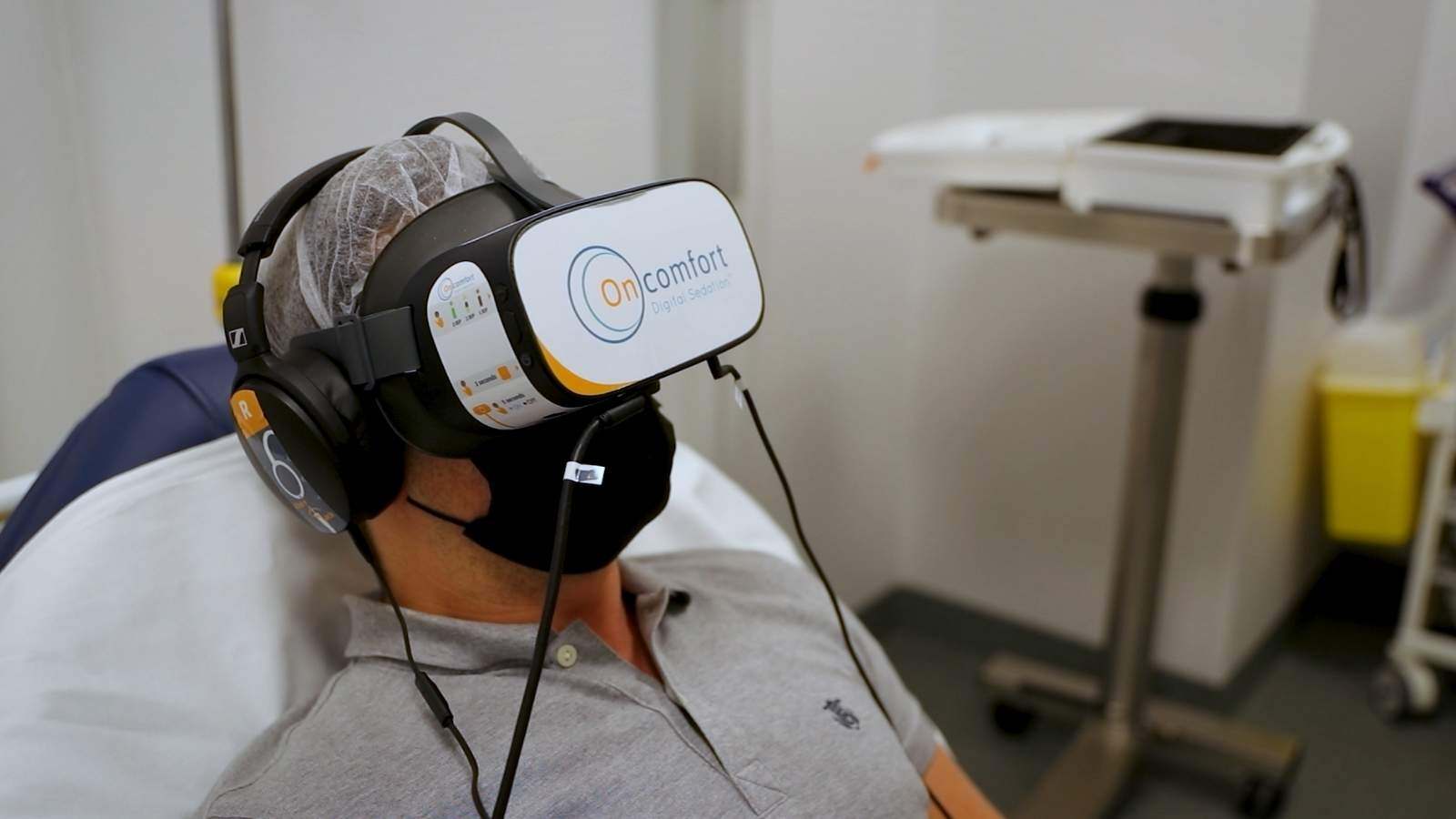Imagine guiding someone through Excel’s myriad functions in a written manual. Where to begin? With basics like opening the program and creating documents, perhaps? Ensuring comprehension is key, perhaps with step-by-step instructions, screenshots, or diagrams. Enter technical writing!
Technical writing transcends just manuals; it’s about crafting clear, understandable content for any audience, regardless of their background. This skill is crucial, especially in highly regulated fields like pharmaceutics, biotechnology, and medical devices. Clarity minimizes human error, enhances process quality, and is vital for audits and error analysis. Documents should be comprehensive and relevant for long periods.
Why is technical writing so important?
There are two main reasons why technical writing skills are so important.
First of all, when working in highly regulated environments, including those that involve pharmaceutics, biotechnology, or medical devices, you need to make sure documents are clear for your target audience. If processes are clear and not liable to misinterpretation, you can minimize the risk of human errors and thus guarantee a more qualitative process.
Secondly, thorough documentation is crucial in case of audits or errors, to explain and analyze what steps were taken, what went wrong and what was the right approach, for example. This means that technical documents or manuals should not only include the steps towards a certain result but also the steps to be able to explain that specific result. In addition, these documents should be suitable for use over a longer period, up to five, ten, or even twenty years.
Technical writing: do’s and don’ts
Whether you are a technical writer or not, there are some rules of thumb to keep in mind when you are involved in technical writing.
1. Don’t expect prior knowledge
A well-known pitfall for technical writers is assuming that your target audience already has prior knowledge about a subject. Don’t refer to other things, or skip certain steps, just because you think it’s evident.
2. Mix text and visuals
If your target audience needs to click on an icon, it’s much more efficient to implement a visual of that specific icon, instead of describing this step in several sentences. In general, visuals are less liable to misinterpretation than textual information.
3. Use everyday, simple language
Try to be as clear, direct, and neutral as possible, and always keep your audience in mind. If possible, plan a review phase with somebody from your target group to find out if your document is accessible enough. And avoid using technical jargon.
4. Pay attention to structure
For example, by using bullet points to sum up various steps in your process. You should also make sure to use readable fonts and a clear, professional layout. If you’re writing larger documents or manuals, consider adding a table of contents or addendums.
5. Review your document regularly
Creating technical documentation is often an ongoing process. Make sure to frequently review your documentation to stop small errors from creeping in and guarantee faultless information.
Learn more about technical writing
Fortunately, technical writing is not rocket science. It’s all about using your common sense. However, we should be aware of the importance of good technical writing skills.
That’s why QbD offers practical training in technical writing. Including exercises, typical pitfalls, discussions, and a lot of examples. Because we believe that everybody possesses the basis for technical writing skills.


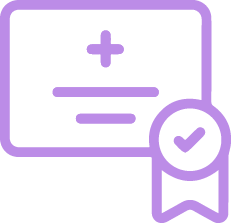
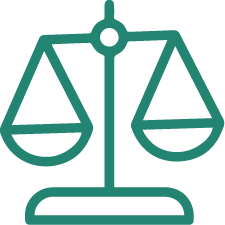

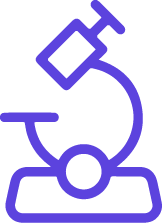
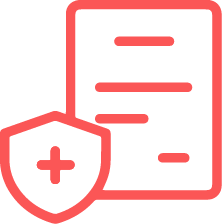
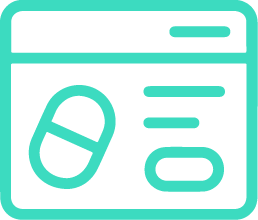











.png)

.jpg)
